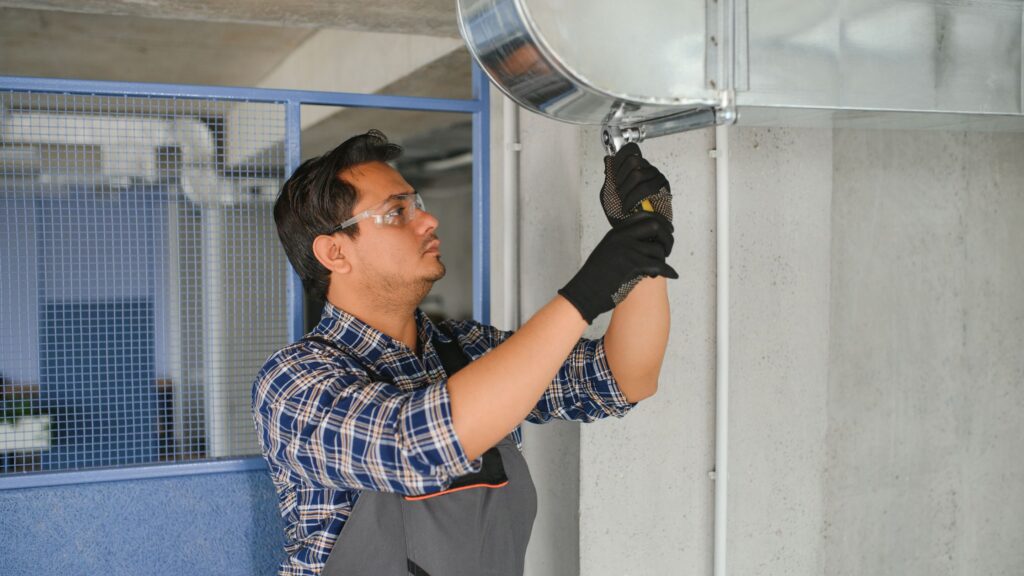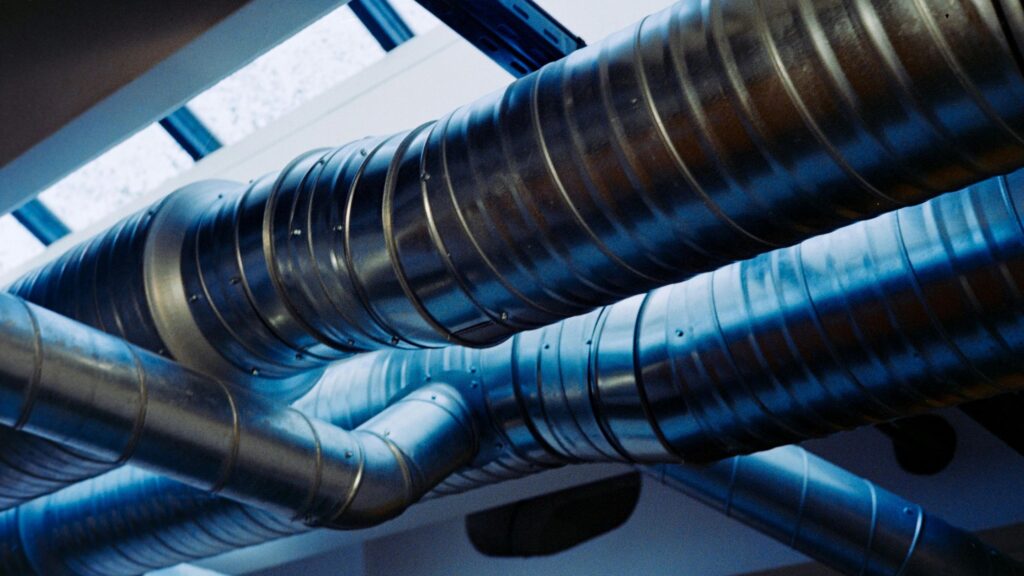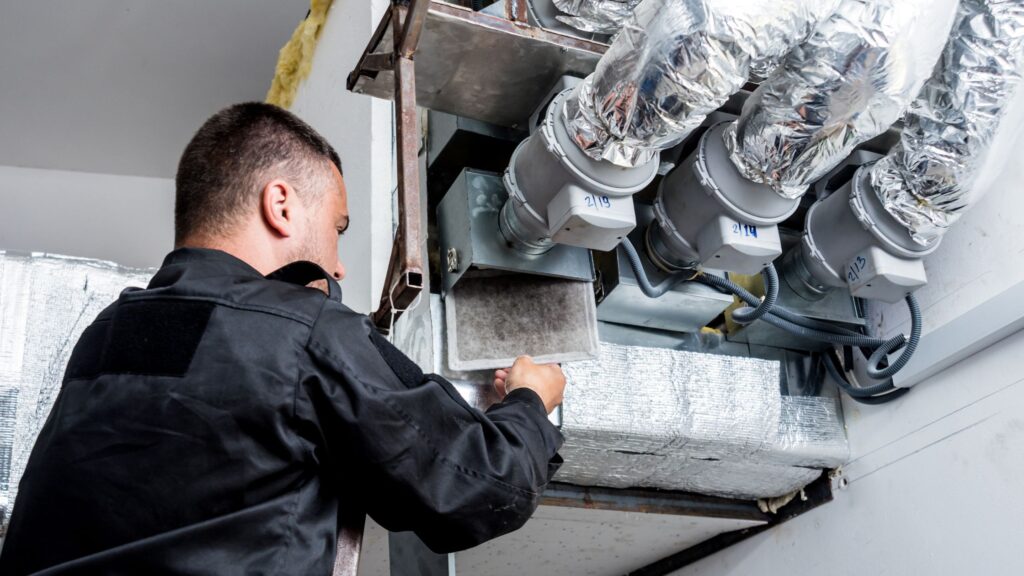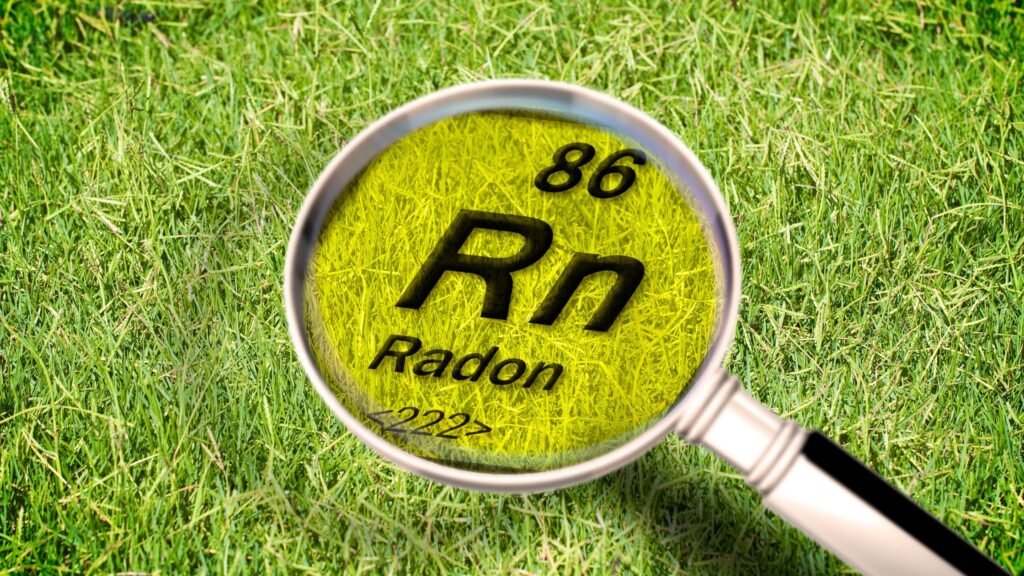Radon gas, a naturally occurring radioactive substance, is a major indoor air quality concern. While it is undetectable to the human senses, prolonged exposure to high levels of radon is linked to serious health risks, including lung cancer. To combat these dangers, advanced smart HVAC systems are emerging as a cutting-edge solution for mitigating radon risks in homes and commercial spaces. These systems not only provide enhanced control over indoor air quality but also monitor and address radon concentrations in real-time, ensuring a safe and healthy living environment.

Understanding Radon and Its Health Implications
Radon is a colorless, odorless, and tasteless gas that forms from the natural breakdown of uranium in the earth’s crust. It can seep into homes through cracks in the foundation, walls, and floors. Radon is the second leading cause of lung cancer in the United States, responsible for approximately 21,000 deaths annually, according to the EPA. The gas accumulates in poorly ventilated areas, such as basements, where it remains trapped unless proper mitigation measures are taken.
Since radon cannot be detected by human senses, testing is the only way to identify whether radon levels in a home exceed the safe threshold. The EPA advises mitigation if radon levels exceed 4 picocuries per liter to ensure a safe indoor environment.
The Role of HVAC Systems in Radon Levels
Heating, ventilation, and air conditioning systems play a significant role in maintaining indoor air quality, especially in homes and commercial spaces with elevated radon levels. HVAC systems, if not properly designed, can inadvertently affect radon levels by creating negative air pressure in the home. When this occurs, radon gas is drawn into the home from the ground, raising the concentration of the gas in the air. This can lead to serious health consequences for the occupants over time.
Additionally, HVAC systems that lack proper filtration or ventilation can spread radon throughout the house. Ductwork placed in high-risk areas, such as basements, can unintentionally circulate radon to other rooms, further increasing exposure. For homes with known radon problems, ensuring the HVAC system is well-maintained and incorporates radon-specific mitigation technologies is essential. Learn more about Understanding Radon Sensor Calibration Standards.
Smart HVAC Systems: A Solution for Radon Risk
Smart HVAC systems enhance indoor air quality by using sensors to monitor and adjust for radon levels in real-time, protecting homeowners from exposure. And here is how Smart HVAC Systems Work:
1. Real-Time Monitoring
Smart HVAC systems are equipped with sensors that continuously monitor radon levels in the home. When elevated concentrations are detected, the system activates ventilation and mitigation measures to maintain air quality.
2. Automated Adjustments
Once high radon levels are identified, the system automatically adjusts the ventilation to improve airflow. It can increase the air exchange rate, effectively reducing the radon concentration indoors.
3. Energy Efficiency
Smart HVAC systems optimize energy consumption by adjusting airflow as needed. This reduces unnecessary energy use, helping homeowners save on utility bills while ensuring a healthy indoor environment.
4. User Alerts
Connected to smartphone apps or home automation systems, smart HVAC systems send notifications when radon levels are high. Homeowners can take immediate action, such as increasing ventilation, to address the issue.

HVAC Systems Safeguarding Your Home from Radon
Integrating smart HVAC systems into homes not only helps reduce radon exposure but also offers a range of other benefits that improve overall air quality and energy efficiency.
a) Continuous Protection
Smart HVAC systems provide continuous radon mitigation by constantly monitoring and adjusting airflow. This ensures long-term protection against radon infiltration, maintaining a safe indoor environment.
b) Health Benefits
Reducing radon exposure lowers the risk of lung cancer and other serious health issues. Ongoing mitigation efforts help protect the well-being of everyone in the home.
c) Comfort and Safety
Smart HVAC systems automatically adjust temperature and ventilation, ensuring a comfortable home. At the same time, they address the dangers of radon gas, providing peace of mind.
d) Cost Savings
By optimizing HVAC system efficiency, smart systems help homeowners save on energy bills. This ensures effective radon mitigation without sacrificing comfort or air quality.
Integrating Radon Mitigation with HVAC Systems
The most effective way to manage radon levels is by integrating radon mitigation strategies with HVAC systems. One of the most common methods for radon mitigation is active soil depressurization, where a fan draws radon from beneath the home and vents it outside. When combined with smart HVAC systems, ASD can ensure a continuous, automated response to changes in radon concentrations.
Additionally, HVAC systems can be equipped with high-efficiency particulate air filters, which capture airborne radon decay products, further reducing health risks. This combined approach not only mitigates radon levels but also ensures ongoing protection against future radon infiltration.
Conclusion
Smart HVAC systems provide an efficient solution for managing radon risk by continuously monitoring and adjusting ventilation. When combined with other mitigation strategies like active soil depressurization, they ensure a safer indoor environment. DSM Radon offers expert radon testing and mitigation services, helping you create a radon-free, safe space for your family or business.

FAQs
1. How does radon enter homes, and what health risks does it pose?
Radon is a radioactive gas that can enter homes through foundation cracks. Long-term exposure to high radon levels increases lung cancer risk, making it the second leading cause of lung cancer in the U.S.
2. How can HVAC systems affect radon levels?
Poorly maintained or improperly designed HVAC systems can create negative pressure, drawing radon gas into the home and increasing exposure.
3. What are smart HVAC systems?
Smart HVAC systems use sensors to monitor indoor air quality and automatically adjust ventilation based on detected radon levels.
4. How can DSM Radon help with radon mitigation?
DSM Radon provides radon testing and mitigation services, including smart HVAC solutions and active soil depressurization, to reduce radon risks.





